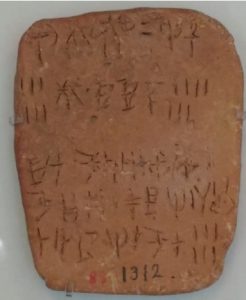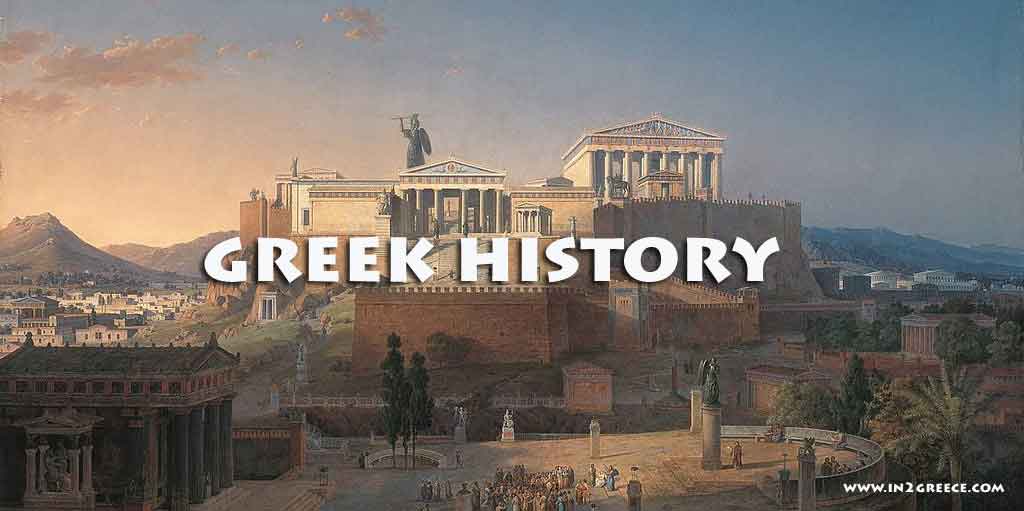The Linear A script

The Minoans, who were a Bronze Age civilization known for their advanced culture, trade networks, and impressive architecture, used Linear A to record various types of information on clay tablets, such as administrative records, religious rituals, and possibly economic transactions. The symbols in Linear A consist of a combination of logograms (symbols that represent whole words) and syllabic signs (symbols that represent syllables).
Despite extensive efforts, the script’s complexity and the lack of a known bilingual text (which could serve as a translation key) have made it challenging to decipher Linear A. The Linear B script, which was used by the later Mycenaean civilization and has been deciphered, shares some similarities with Linear A, but they represent different languages.
The mystery surrounding Linear A continues to intrigue researchers and historians, as deciphering it could provide valuable insights into the language and culture of the Minoan civilization.
Minoan Crete served as the cradle of the writing system called Linear A. The Mycenaeans, in turn, took inspiration from Linear A and crafted their own variant known as Linear B, which marked the inaugural documentation of the Greek language.
The earliest instances of this script date back to 1800 BC and were discovered within the Phaistos palace. This written form persisted until approximately 1400 BC and can be found across various significant Minoan centers on the island of Crete, notably Knossos and its renowned palace.
Moreover, this script extended its presence to regions that maintained contact with the Minoan sphere: Thira, Milos, Kea, Kythera, Samothraki, and even the distant city of Miletus in Asia Minor.
The material on which the texts were written was raw clay, dried in the sun, in the shape of a tablet, as in the case of Linear B.
The fires that destroyed the Minoan centers (as it happened with the Mycenaean) baked the tablets and thus they were preserved over time and were found in the excavations.
In addition to the clay tablets we find inscriptions of linear A also on stone or metal objects that seem to have had a religious character. Inscriptions in Linear A written in cuttlefish ink were also found on the inside of conical cups, which also appear to have had a religious character.
Linear A appears to be, like Linear B, a syllabic writing system. How do we know this, since, as we said earlier, linear A has not been deciphered, that is, the language written in this system is unknown? Besides the pictographs or ideograms which depicted, as in linear B, things or objects, and besides signs which certainly express numbers, there are seventy or so signs which recur.
If the system were (entirely) pictorial/semantic, i.e. the signs stood for things and meanings, then many more signs would be needed to denote the multitude of things and meanings. If it were alphabetic, then one hundred points is too many, since such a system is based on depicting the limited number of phonemes that combine to form words.
The Greek alphabet depicts phthongs (sounds) with 24 letters, and in other corresponding systems the letters are not much more. Therefore, the number of signs (about 100) of linear A (in addition to the pictographs/ideograms and signs denoting numbers) allows us to assume that this system was syllabic, that is, each sign depicts a syllable.
The similarities of the syllabic points of linear A with the syllabic points of linear B create a strong temptation to assign to the points of linear A the same phonetic values as their counterparts in linear B. This is permissible and is based on all (failed until now) attempts to locate the language recorded by Linear B. It is, however, not self-evident that a syllabic point of the same form in Linear A and Linear B will necessarily have exactly the same phonetic value (same pronunciation) .
